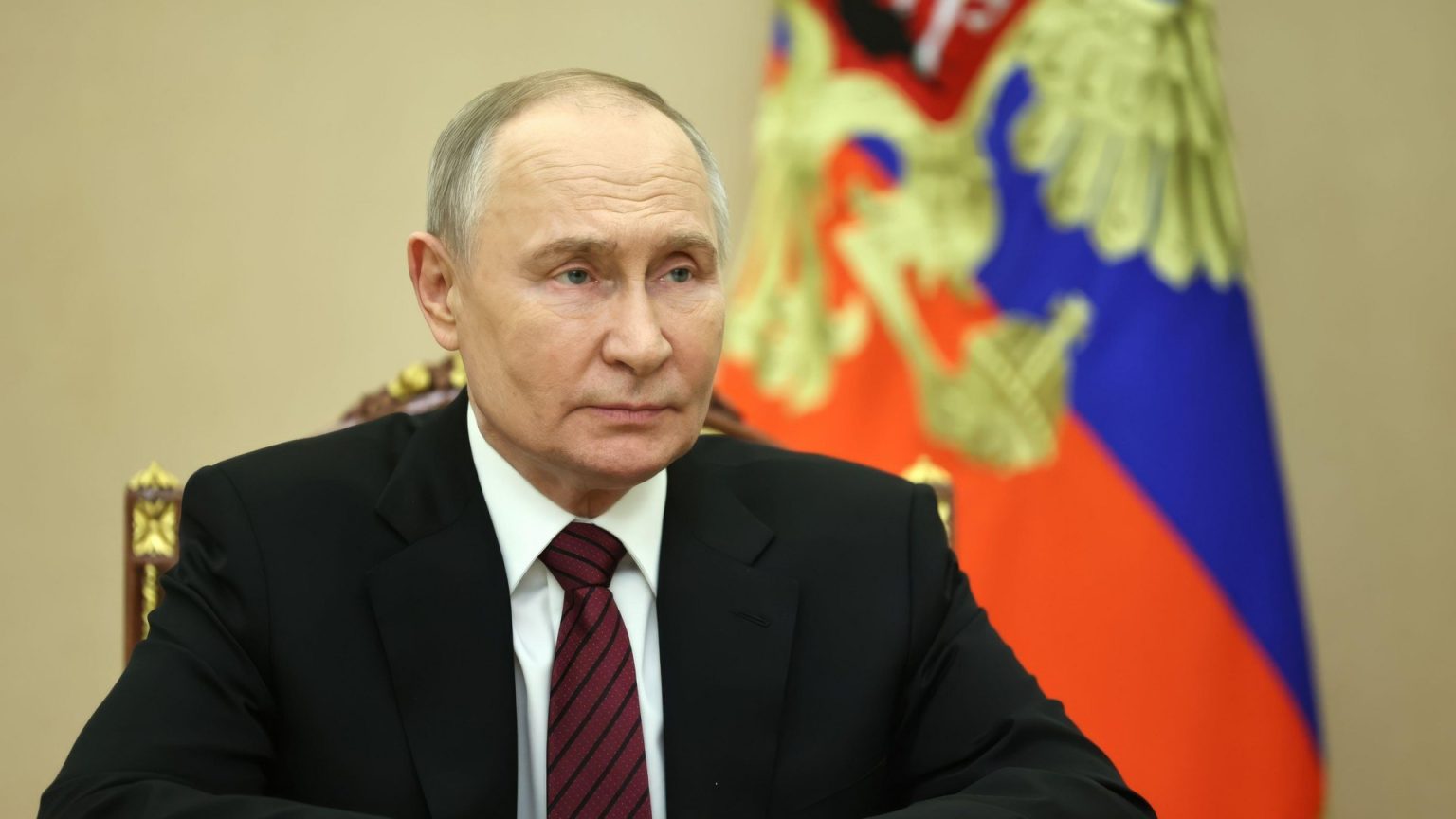On Christmas Day, a tragic incident unfolded near Aktau International Airport in Kazakhstan, claiming the lives of 38 individuals. An Azerbaijan Airlines passenger plane, Flight 8243, en route from Baku to Grozny, crashed while attempting to land. Russian President Vladimir Putin, in a phone call with Azerbaijani President Ilham Aliyev, expressed his apologies for the incident occurring within Russian airspace and offered condolences to the families of the victims. While expressing regret, Putin stopped short of accepting full responsibility, attributing the crash to the actions of Russian air defense systems engaged in repelling Ukrainian drone attacks targeting Chechnya. This explanation suggests that the passenger plane became an unintended casualty of the ongoing conflict.
The Kremlin’s official account of the phone call reiterates Putin’s apology and condolences. It highlights the plane’s adherence to its scheduled route and its multiple landing attempts at Grozny airport amidst Ukrainian drone attacks on Grozny, Mozdok, and Vladikavkaz. The Kremlin asserts that Russian air defense systems were actively countering these drone assaults at the time of the incident, implying that the Azerbaijani aircraft was mistakenly targeted. This narrative seeks to contextualize the crash within the broader conflict while simultaneously deflecting direct blame.
Initial investigations point to a Pantsir-S air defense system as the likely cause of the downing. The Russian Investigative Committee has launched a criminal investigation into potential violations of air traffic safety regulations and the operation of air transport. The investigation involves interviewing both civilian and military personnel. Furthermore, Azerbaijani officials are collaborating with Russian counterparts in Grozny to ascertain the precise circumstances of the crash. The joint investigation, involving specialized services from Russia, Azerbaijan, and Kazakhstan, underscores the complex nature of the incident and the international cooperation required to unravel its details.
The incident raises critical questions regarding the rules of engagement for air defense systems operating in conflict zones. The accidental downing of a civilian aircraft highlights the inherent risks associated with deploying such systems in proximity to civilian air routes, especially during active military operations. The Kremlin’s insistence on the presence of Ukrainian drones attacking Russian territory attempts to justify the activation of air defenses but fails to address the crucial issue of target identification and discrimination. The inadvertent targeting of a passenger plane suggests potential failures in the system’s ability to distinguish between civilian and military aircraft, raising serious concerns about the protocols and safeguards in place.
The apology offered by Putin, while a rare occurrence, is carefully worded to express regret without explicitly admitting culpability. By framing the incident as a “tragic incident” occurring within Russian airspace, the Kremlin subtly shifts the focus away from the actions of the Russian air defense system. The emphasis on Ukrainian drone attacks serves as a justification for the heightened state of alert and the consequent deployment of air defenses. This narrative strategy allows the Kremlin to acknowledge the tragic loss of life while simultaneously mitigating direct responsibility.
The incident underscores the escalating tensions in the region and the potential for unintended consequences stemming from the ongoing conflict. The downing of a civilian aircraft serves as a stark reminder of the collateral damage that can occur in such situations. The ongoing investigation will be crucial in determining the precise chain of events leading to the crash and identifying any systemic failures that contributed to the tragedy. The findings of the investigation will have significant implications for future air safety protocols and the rules of engagement for air defense systems in conflict zones. The incident also raises broader questions about the responsibility of states to ensure the safety of civilian aircraft operating in or near areas of conflict.


